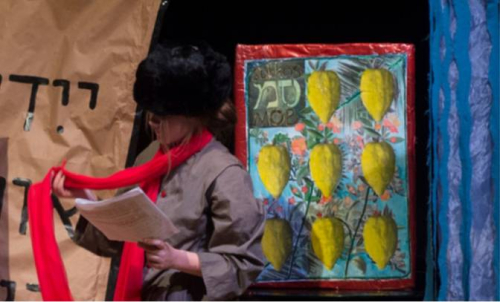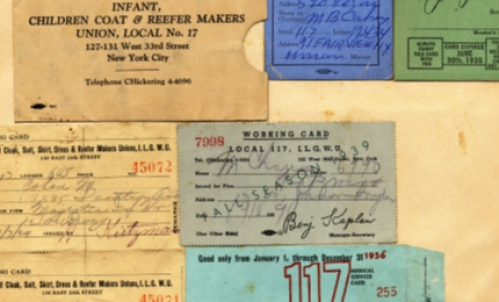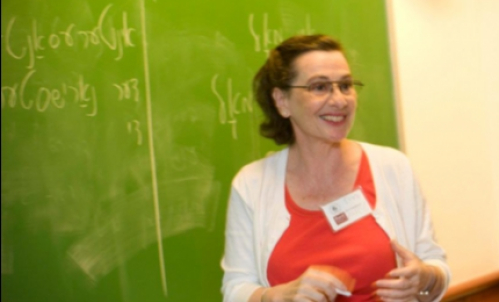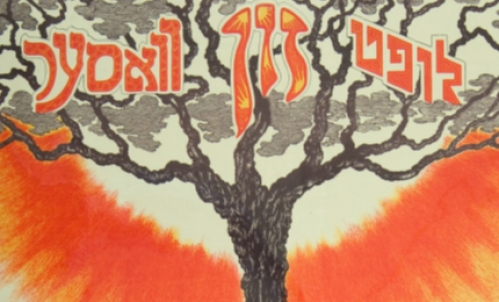Gefilte fish: sweet or savory? Take the poll!
Connecting new generations to their heritage.
Dear Friend,
As we celebrate the Centennial of the YIVO Institute for Jewish Research, we naturally find ourselves reflecting on its founding in Vilna, Poland (now Vilnius, Lithuania). But those beginnings are only part of the journey of the past century. For 85 of its 100 years, YIVO has been headquartered in the United States. Forced to flee Poland at the outbreak of World War II, YIVO founder Max Weinreich and his son Uriel made their way to New York City in 1940 for what they thought would be a temporary relocation.
A relatively new institution dedicated to studying Jewish life in Eastern Europe was now displaced, located thousands of miles from its birthplace and the culture, history, and language it sought to safeguard and perpetuate. What would that mean for its identity and future? In the aftermath of the Holocaust, how could the Institute rebuild and remain true to its core mission? YIVO was at a crossroads.
YIVO would adapt and then flourish, but it would require embarking on a long, slow, complicated process of reimagining itself, redefining its activities, widening the scope of its impact, and developing new tools of communication.
In its adopted home, YIVO would go on to meld both cultures, expanding its collecting efforts to include documenting the Eastern European Jewish experience in America through essay contests, questionnaires, and large-scale calls for materials. Its vast holdings would grow to encompass records from summer camps, Catskills resorts, American Jewish communal organizations, and landsmanshaftn.
With advances such as digitization and online platforms, location has become less important. YIVO can reach a global audience, greatly enhancing its impact.
As YIVO enters its second century, technology will continue to play a vital role in connecting new generations to their heritage. At the same time, in keeping with our founders’ mission, YIVO is fundamentally an organization of zamlers (collectors), producing knowledge “from the folk, for the folk, with the folk.” We continue to collect, welcoming the eclectic items—everything from seltzer bottles to albums of Yiddish recordings—that people wish to contribute to our holdings.
!לשנה טובֿֿה – אַ גוט יאָר
Happy New Year!
Best regards,

Jonathan Brent
Executive Director & CEO
Sweet or Peppery?
Gefilte fish is traditionally eaten during Rosh Hashanah because its preparation does not require separating the fish’s flesh from the bones, a type of work which is forbidden during Shabbat and the holidays.
Weigh in below on how you prefer your gefilte fish!





